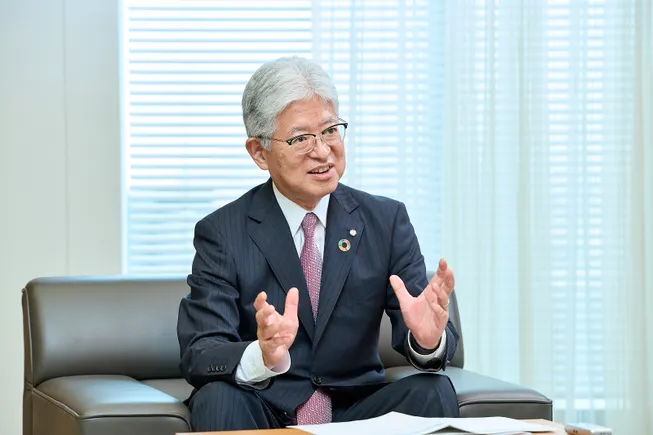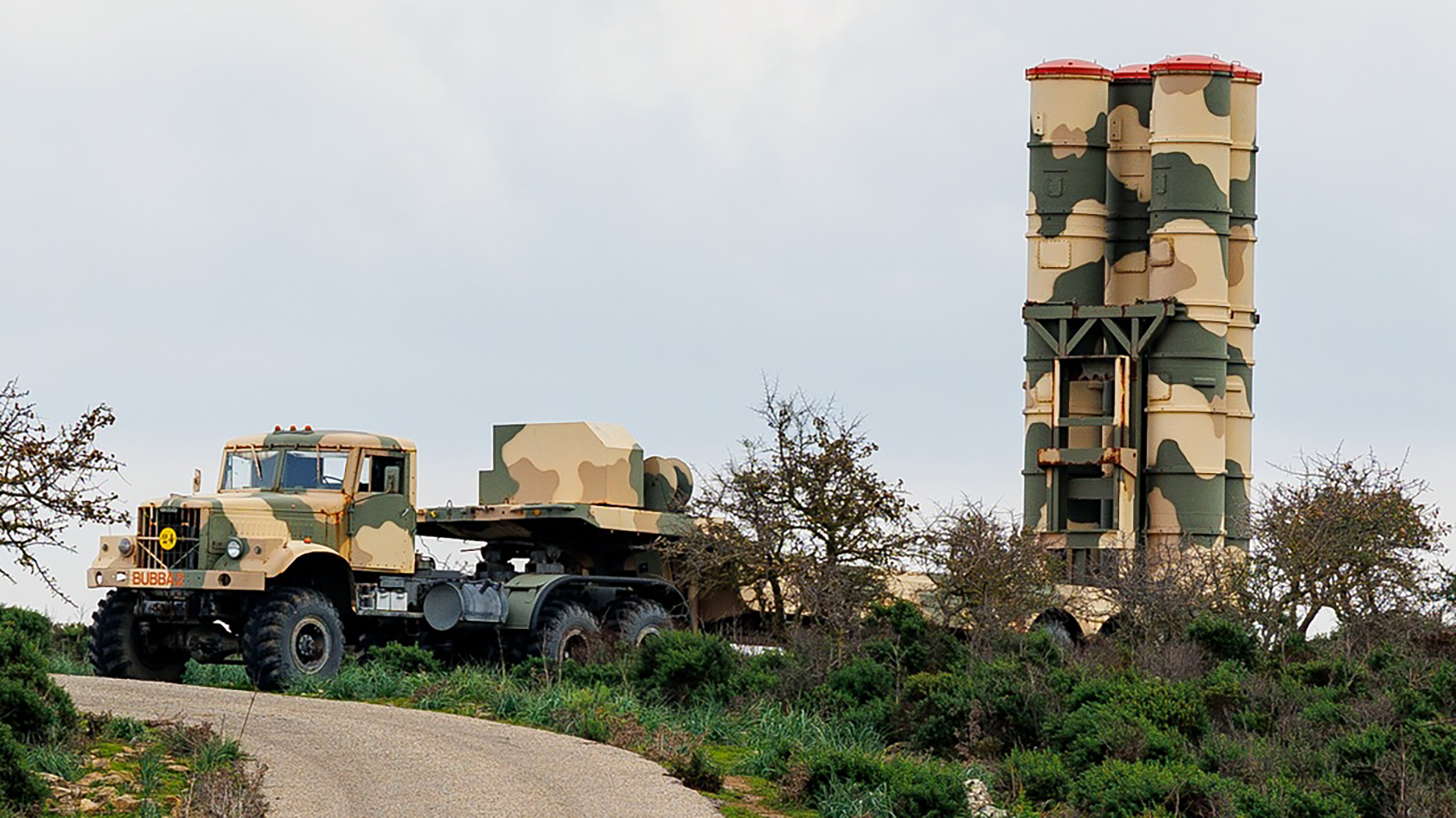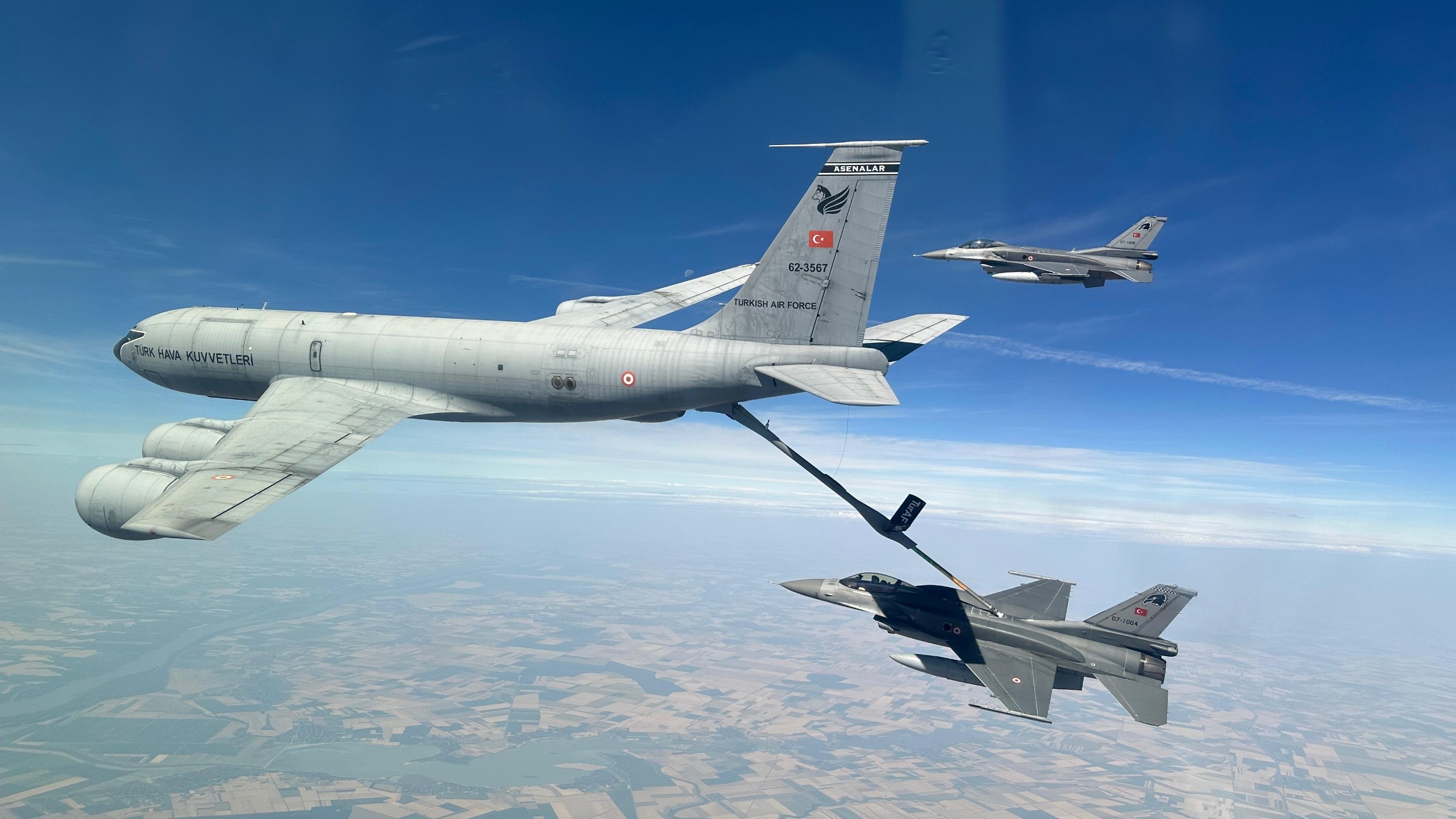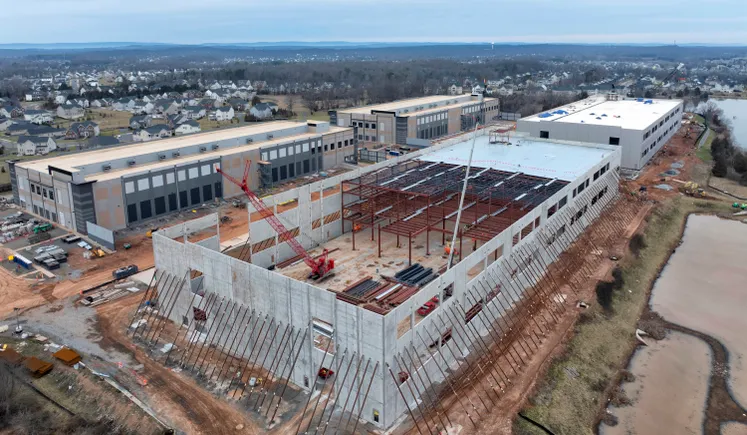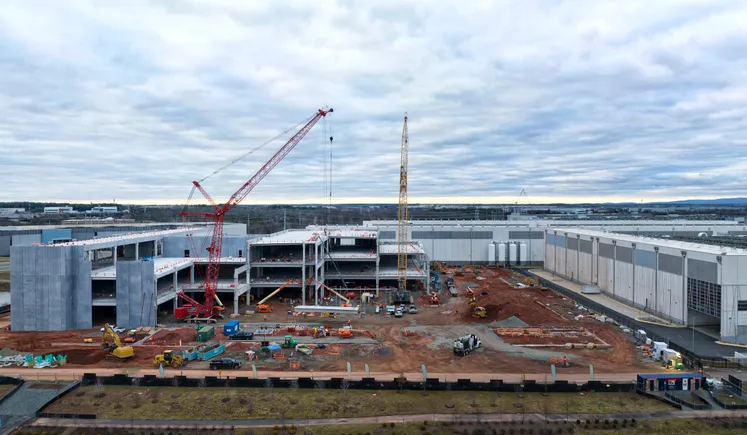‘We need your creative, innovative, patriotic, and diabolical minds’: Joint Chiefs Chairman Caine
Gen. Dan Caine called for greater collaboration between the Pentagon and industry — building on the Silicon Valley-based Defense Innovation Unit — to speed up new technology, especially for globally integrated command and control.


Lt. General John D. Caine testifies during a Senate Armed Services Committee hearing on his nomination to be the Chairman of the Joint Chiefs of Staff, the nation’s top military officer, on Capitol Hill in Washington, DC, on April 1, 2025. (Photo by JIM WATSON/AFP via Getty Images)
WASHINGTON — The Chairman of the Joint Chiefs of Staff, Gen. Dan Caine, chose a massive AI conference in the nation’s capital for one of his first public addresses as chairman, invoking his own business background in a passionate appeal to tech entrepreneurs in the audience.
“I deliberately chose this forum to have one of our first public appearances, mindful of the audience today,” Caine told the third annual Ash Carter Exchange and AI+ Expo, convened by the Special Competitive Studies Project to continue the late defense secretary’s campaign to bridge the gap between the Pentagon and Silicon Valley.
“I’m so lucky to have come from a unique background where I had time as a fighter pilot, time as a special forces officer, a part-timer in the military service [as an Air National Guard officer], but for this crowd, time is both a founder and a funder in several different sectors,” Caine told the overwhelmingly civilian audience. “That has allowed me to see things from a lot of different angles … [and] one of the things that I learned is we cannot do this alone. We have to do this, we have to do this together. And frankly, my friends, the joint force needs your help.
“Your nation needs you with a sense of urgency,” the chairman continued. “We need your creative, innovative, patriotic and diabolical minds — 24/7/365.”
RELATED: Joint Chiefs Chairman Caine has an ‘algorithm’ for US ‘winning’
In a brief and broad-strokes speech — just over 15 minutes — Caine spent most of his limited time and considerable energy on exhortations, but he still managed to hint at some specific policy priorities. In particular, he praised the Defense Innovation Unit, created by then-Defense Secretary Carter in 2015 as the military’s embassy to a then-highly skeptical Silicon Valley, and promised to build on DIU’s success.
“We’ve got to reinforce those things that we’ve made strong progress in, organizations like DIU, and we’ve got to drastically scale that capability and that culture inside the joint force,” Caine said.
That’ll be a hard slog, because in many ways the military is surprisingly behind the times, Caine acknowledged. At least as of a few years ago, he told the assembled techies, “in one of the most secret rooms in the Pentagon, there’s a typewriter. There’s a typewriter there because we could not sort out how to merge multiple levels of classification together on the systems that we have, and we had to hand-jam a memorandum for a senior policy leader.”
Caine wants to replace typewriters and other industrial-age kludges with streamlined, integrated, and AI-enhanced networks, he emphasized multiple times. “If we’re going to integrate across the entire world at speed and scale, we’ve got to do it with technology,” he said. “Every element of the joint force can, must and will use advanced technology to improve our command and control systems, our decision-making, our execution and, frankly, our survivability.”
While the Chairman didn’t specifically mention the military’s work-in-progress meta-network, Combined Joint All-Domain Command and Control (CJADC2), his emphasis on digital command and data-sharing certainly seems to align with that initiative. Although the services have offered many different visions and versions CJADC2, its most practical instantiations — especially a “Minimum Viable Capability” declared operational last year — have focused on sharing data rapidly amongst high-level commands around the globe.
That version of CJADC2 jibes with Caine’s emphasis today on bridging long-established jurisdictional divides between theater commands.
“In the past, we’ve thought of things on a country-by-country basis, and we simply, we simply can’t do that anymore. We have to think in terms of global challenges and problems, global algorithms,” Caine said. “I need to make sure that the joint force is integrated across the globe, within the combat commands, the geographical and function commands, and the services.”
Nor is it just the military Caine wants to integrate in this network: “We’ve got to connect them with our interagency allies and partners, including founders and funders, and scale that capability in order to meet the challenges,” he said.
One major obstacle to such public-private partnerships is that the government can be very difficult to do business with, Caine acknowledged frankly, invoking his own experience.
“The USG [United States Government] needs to be better buyers,” he said. “I know this from my time in the private sector, where I tried to sell things to the government when I was an entrepreneur. It’s hard.”
This sclerotic acquisition process doesn’t just cost companies opportunities to win government business, Caine said: It also costs the government opportunities to tap private sector innovation.
“The barrier to government business is high, frankly, too high — and yet the changing nature and character of warfare is happening right before our eyes. We’ve seen examples of that, most recently as this weekend,” Caine said, in reference to Ukraine’s “Operation Spider Web” drone strikes on Russian airfields Sunday. “We’ve got to go faster, my friends, and that’s mostly, in many cases, on us in the USG … We need entrepreneurs, both in the private sector and in government.”
RELATED: Pentagon chiefs eye Ukraine’s surprise drone strike with anxiety – and envy
Caine asked industry to help the Pentagon move past its established Pentagon processes and the “legacy” weapons that have been in service for decades.
“It’s our ability to look around corners to anticipate the next fight that resides right here in this room,” he told the audience. “Peace in our nation will not be won by the legacy systems that we’ve had or the legacy thinking. It will be determined by the entrepreneurs and innovators and leaders, both in government and out of government, that create overwhelming strength. It will be won by our breakthroughs in AI, cyber, autonomy, space, energy, advanced manufacturing, data, compute — you name it.”
Again, he emphasized to the industry audience, “we need your help with this. I need you inspired to help us. You’ve got the agility, the boldness, the culture and spirit to do these big things, and we welcome your ideas.”



































































